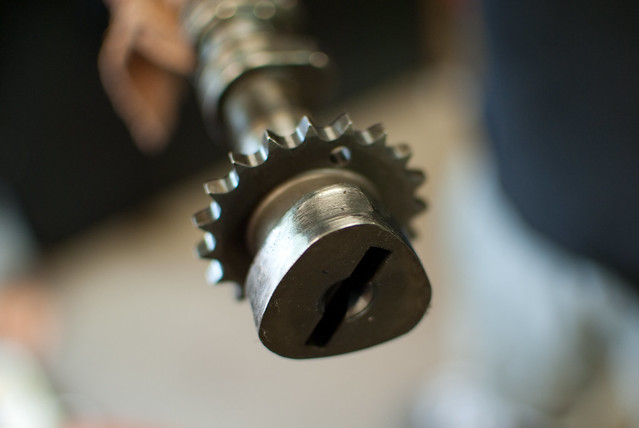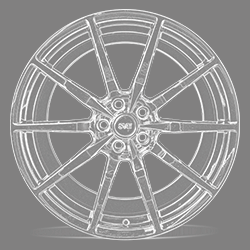Some have speculated 300hp/310tq. The torque is what's really important here, since EB motors get full torque very early in the powerband.
I'd hope that the motors had a little more factory oomph, but the thing with boost is you can always add more.
Stock 2.3 will run on 87 octane as well, so that may limit manufacturer numbers. (Would probably be a good thing for EPA ratings as well) Add in a 93 tune with a boost bump, and you're looking at a solid performer for the weight advantage.
I'd hope that the motors had a little more factory oomph, but the thing with boost is you can always add more.
Stock 2.3 will run on 87 octane as well, so that may limit manufacturer numbers. (Would probably be a good thing for EPA ratings as well) Add in a 93 tune with a boost bump, and you're looking at a solid performer for the weight advantage.




